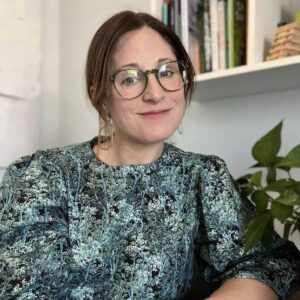The winter break from school can be a time to observe and experience our children in a new way. There are probably times of overstimulation or exhaustion. There are hopefully moments of quiet connection or discovery of something new. As we send our students back to the classroom (good luck, teachers!), this mid-year moment is a good time reflect on your child’s school placement and be sure they are in right place for optimal learning and growth. Your child is a unique learner and their school placement should reflect their needs.In a past post for Exceptional Lives, Ricki Meyer explained the continuum of placement options available for your child. The spirit of the IDEA law is that the school places your child in the least restrictive environment (LRE), such as a classroom alongside children who do not have disabilities.
General Education Classroom
The first option is the general education classroom (often called the “mainstream” or “typical” classroom). Your child might be in this classroom for the entire day (“full inclusion”), possibly with the help of a one-to-one aide or other supports that you and the IEP team have agreed upon in your meetings. Sometimes the classroom will have two teachers, at least one of whom has a special education certification. Another possibility is that your child will be in this classroom for part of the day (“partial inclusion”), leaving at certain times to work with a specialist or go to a smaller setting (often called a “resource room”) with more individualized attention.
Substantially Separate Classroom
The general education classroom might not be the LRE for all children. For some students a substantially separate classroom is a better fit. This is a specialized classroom within the school where each student has a disability or multiple disabilities, and where there is more than one special education teacher. Some schools have more than one substantially separate classroom – often one for students who have mild/moderate disabilities and another for students who have moderate/severe disabilities. Contact your local school district to find out what options are available. Your IEP coordinator should also discuss the options at your IEP meetings.
In-District Placement
A substantially separate classroom located in a regular public school in your town or school district is considered an in-district placement because the school district is able to provide the services your child needs within the district where you live. While it may not always be your neighborhood school, it is still within your school district.
Out-of-District Placement
If the choices available within the district do not meet your child’s needs, the IEP team will work together to find an out-of-district placement. This is usually a classroom or special school or program; it can be a regular day school or a residential program. Here are some examples of when a student might need an out-of-district placement:
-
Students who are blind or deaf and need to learn specialized skills
-
Students who have intellectual disabilities and need intense support to learn basic life skills
-
Students who have challenging behaviors and need supervision and support
-
Students who have medical conditions that need to be monitored by a nurse
Out-of-district placements are generally very expensive, especially those schools that provide care around the clock. If the team agrees that your child requires an out-of-district placement, they will likely pay to place your child there. Some families need to push for the district to pay; it all varies based on the district and its budget. Note that if the school district places your child in an out-of-district program, the school district should also pay for transportation.If you can’t get the school district to pay for the placement you want, you can always pay yourself if you have the means. Just be sure to let the district know that you are withdrawing your child from the system. Even if you pay for your child to attend an out-of-district placement, your child still has the right to keep an IEP and receive the services within it from the public school district.



